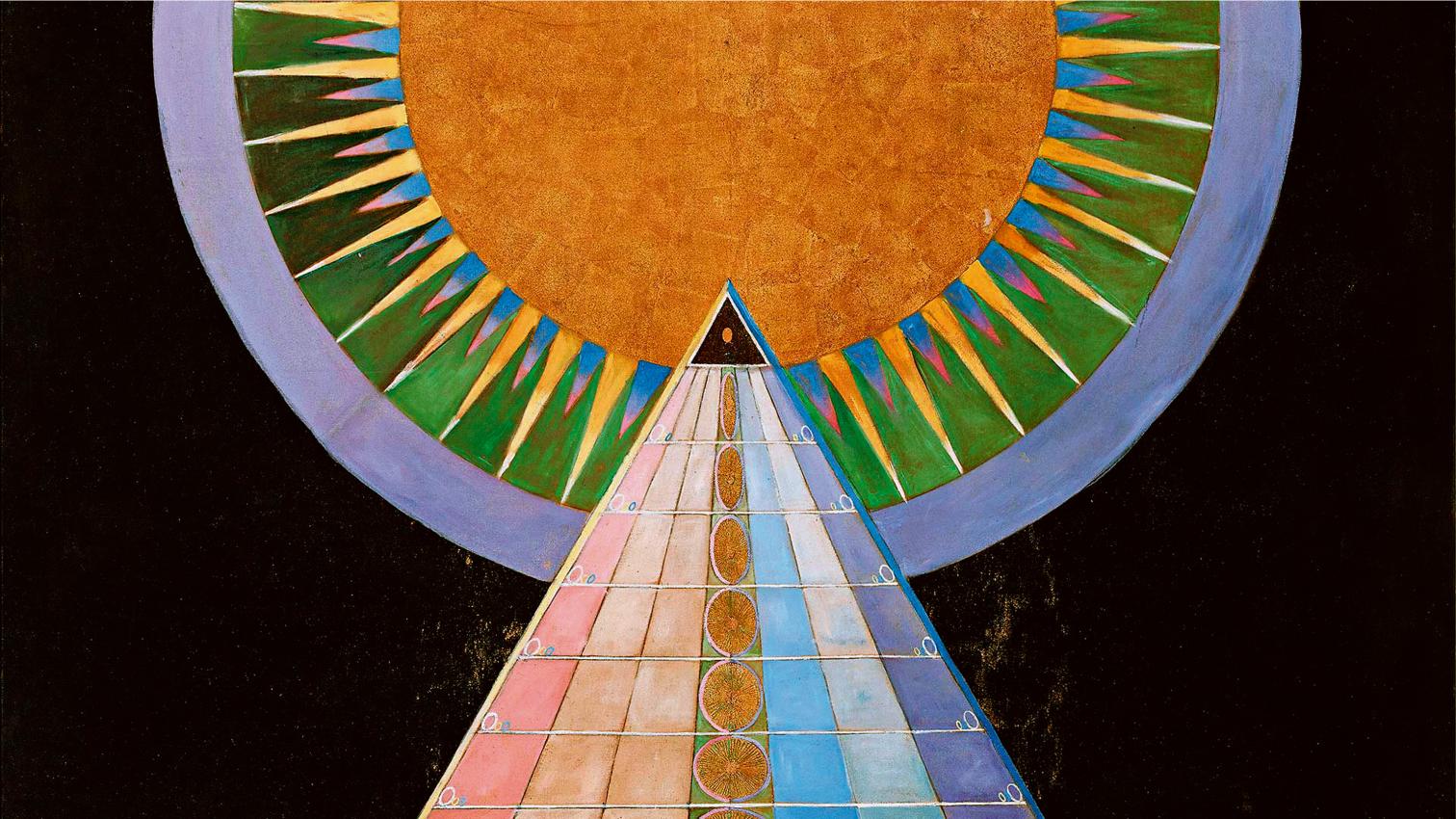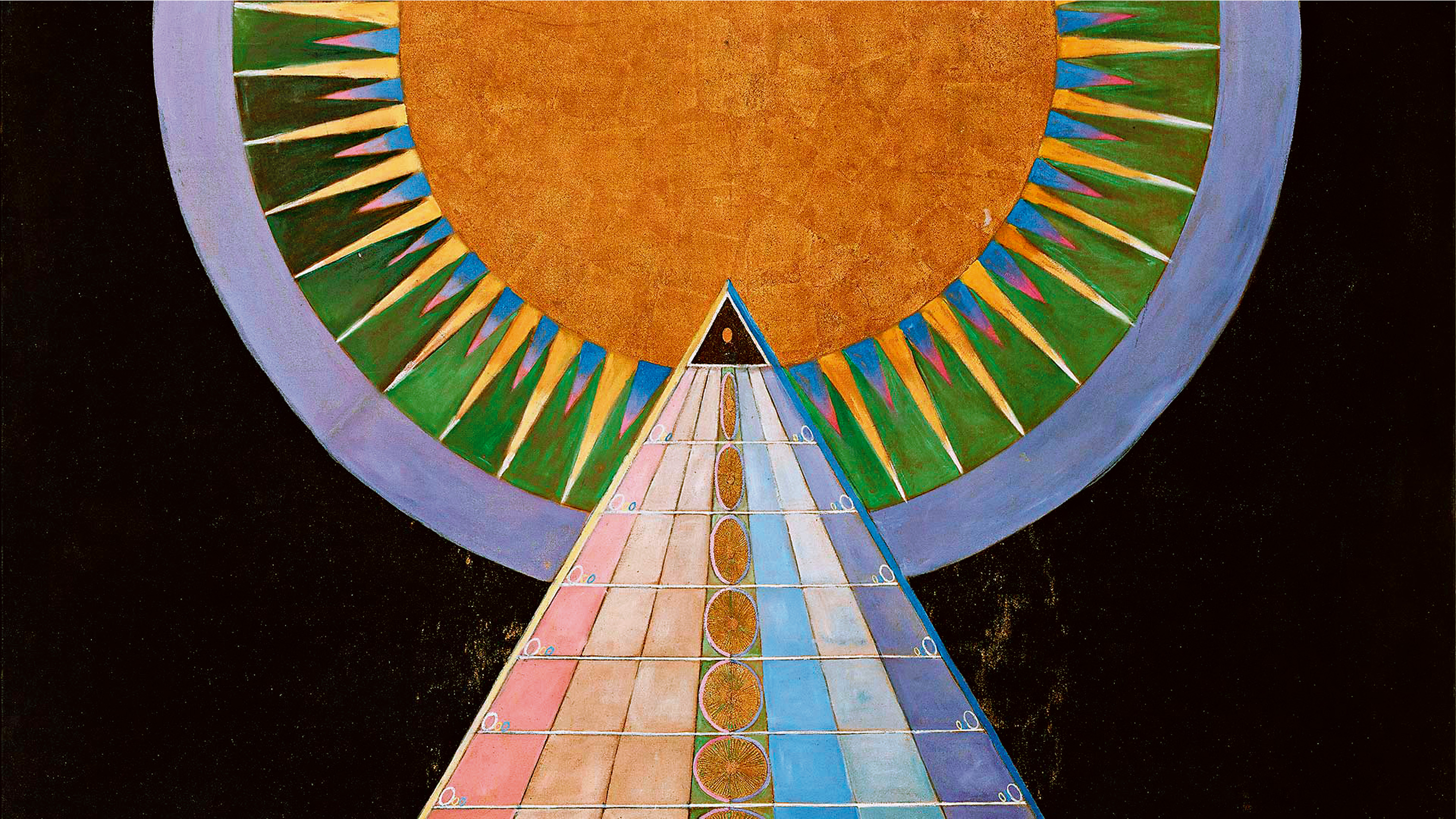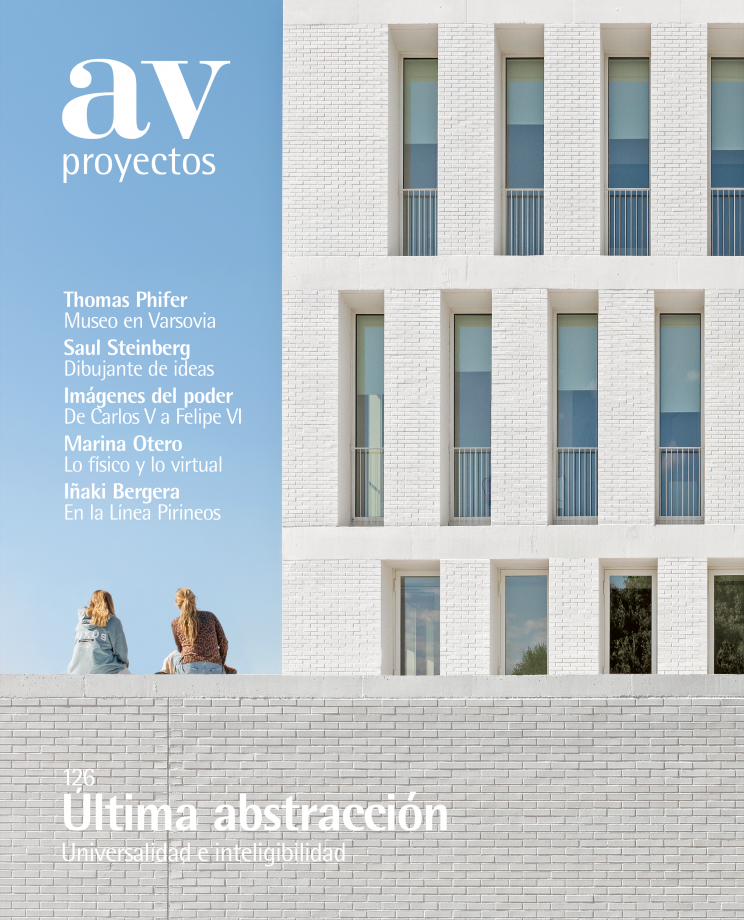
Hilma af Klint, Altarbird n1, 1915 (detail)
Figuration and abstraction have been opposite poles of a debate which in the field of architecture has often been confused with the tension between tradition and modernity. In fact, the postmodern movement of the 1980s reclaimed the figurative, especially in its classicist variant, as a revulsive against the abstraction of the modern avant-garde. The inaugural issue of Arquitectura Viva (1988) took stock of the emergence of deconstruction as a return to the Russian vanguard’s fragmented forms, in the face of the then widespread sugar-coated variation of postmodernity, but by the magazine’s second issue, significantly titled ‘Nueva figuración,’ authors like Christian Norberg-Schulz were advocating an intelligible architecture that used classical forms as the preferred medium of expression, an intention along the theoretical positions of Robert Venturi and Aldo Rossi, but also in tune with the rediscovery of the aesthetic values embedded in Le Corbusier’s late work...[+]






